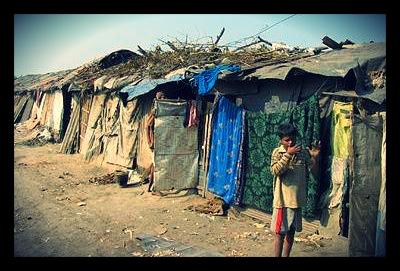Poverty in South America

Poverty in South America is considered living on $4 per day.
The northern tip of the continent (the countries closest to Panama) are the countries with the largest headcount of impoverished people in South America; they range from 20 percent to 40 percent of the population. Guyana and Suriname range between 46 percent and 53 percent of the continent’s population living on $4 per day; some live on less than that amount.
The southern half of South America has a much lower percentile of the population living below the poverty line, excluding Bolivia, which is at a steep 48 percent. Chile and Uruguay are at 11 percent and Argentina is at 7 percent.
Poverty in South America has declined within the last two decades. In 1990, 12.2 percent of the population was living on $1.25 per day; that number has dropped to 5.5 percent despite the population’s rising from 422.3 million in 1990 to approximately 581.4 million.
The main target of poverty in South America is the rural population and this is due to the increasingly warm temperatures and global warming’s affect on agricultural areas. 20 million people living in Brazil live in the barren parts of the country. The poorest people in South America are the native people of Ecuador, Bolivia and Peru who live in the mountainous Andes regions.
Many people have moved to large cities in search of employment, but 35 percent of the region’s poorest still live in the rough climate of the Andes Mountains.
Rural poverty is caused not only by the drastic changes brought on by global warming, but also because of the “lack of access to and unequal distribution of productive land, and inadequate access to information and productive assets for smallholder farmers.” Geographically, many living in rural areas have very little access to other people, which can make selling food and obtaining agricultural necessities difficult.
During recent years, governments have adopted policies that have led to a decline in interest and investments for rural farmers, which has been a factor in the increase of rural poverty in South America and the decrease of housing, health providers and education available to smallholder farmers.
– Rebecca Felcon
Sources: Rural Poverty Portal, World Bank
Photo: Merco Press
